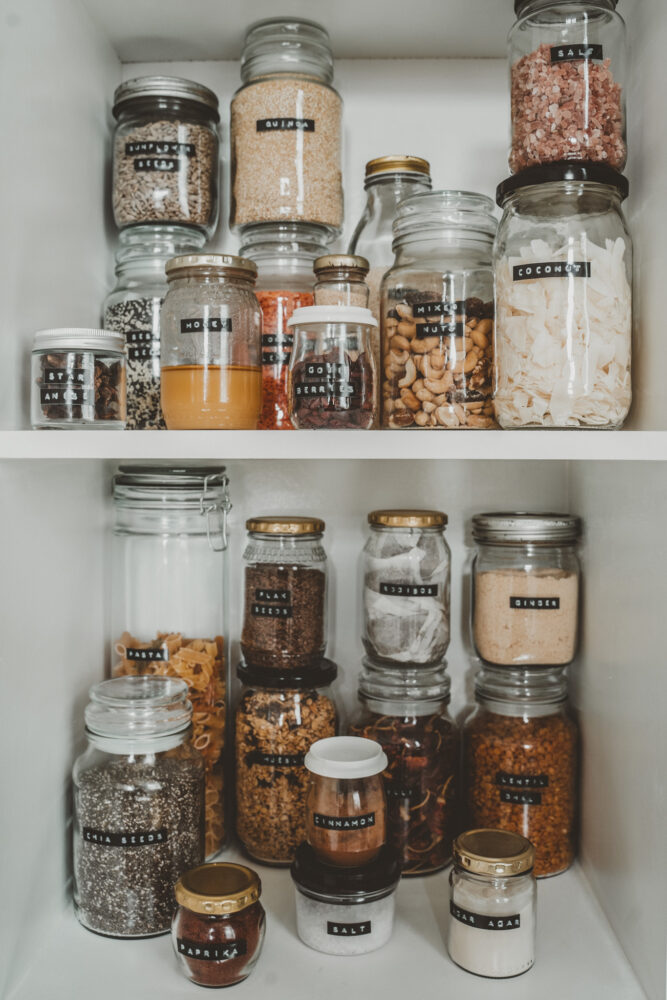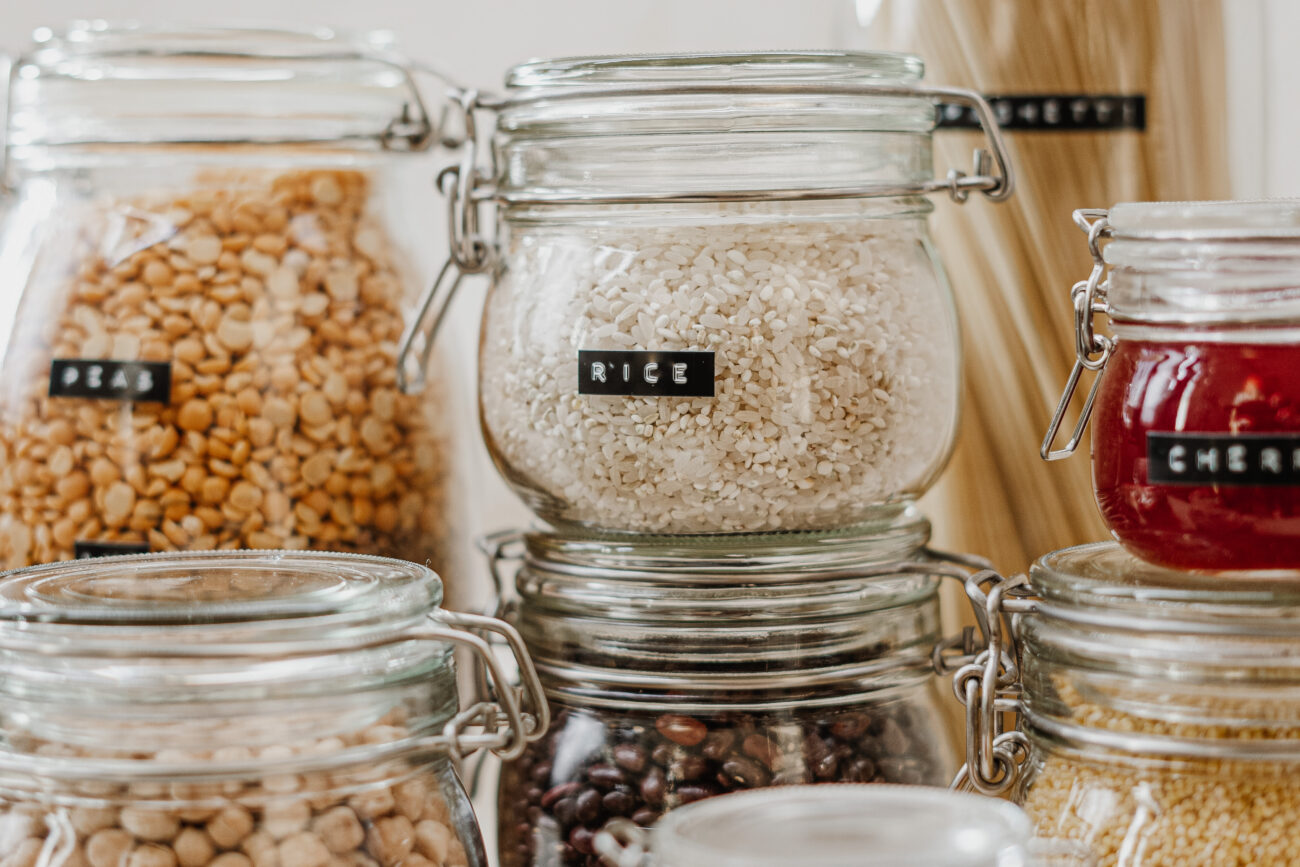Food waste is a significant global issue that has both economic and environmental consequences. According to the Food and Agriculture Organization (FAO), approximately one-third of the food produced for human consumption is wasted every year. This wastage not only squanders valuable resources but also contributes to greenhouse gas emissions and exacerbates food insecurity. As an individual, you have the power to make a positive impact by reducing food waste in your own home. Here’s a beginner’s guide to help you get started!
☼ Plan Your Meals
Take some time to plan your meals for the week ahead. Create a shopping list based on your meal plan, considering the ingredients you already have in your pantry. Planning ahead will help you buy only what you need, reducing the chances of excess food going to waste.
☼ Buy Wisely
Be mindful when grocery shopping. Purchase perishable items such as fruits, vegetables, and dairy products in smaller quantities, especially if you live alone or have a small household. Choose items with later expiration dates and prioritize using what you already have before buying more.
☼Proper Storage
Learn how to store different foods properly to maximize their shelf life. Some fruits and vegetables, like bananas and tomatoes, release ethylene gas, which speeds up the ripening process of other produce nearby. Keep these items separate to prevent spoilage. Utilize airtight containers or wraps to preserve leftovers and extend their freshness.

☼First In, First Out
When unpacking groceries or storing food, practice the “first in, first out” rule. Put new items behind older ones, so you use the older items first. This method ensures that nothing gets forgotten and left to spoil at the back of the fridge or pantry.
☼ Embrace Leftovers
Leftovers can be transformed into delicious meals. Get creative with your culinary skills and repurpose leftover ingredients into new dishes. For example, vegetable scraps can be used to make flavorful broths, and stale bread can be transformed into breadcrumbs or croutons.
☼ Portion Control
Serve reasonable portions during meals and encourage family members to take only what they can eat. You can always go back for seconds if needed. This approach helps prevent leftover food from ending up in the trash.
☼ Freeze Excess Food
If you have surplus food that you won’t be able to consume before it spoils, consider freezing it. Many food items can be safely frozen, including meat, bread, and even cooked meals. Properly labeled and dated, frozen food can be consumed later, reducing waste and providing convenient meals on busy days.
☼ Composting
Set up a composting system in your home or check if there are local composting facilities available. Composting allows organic waste, such as fruit and vegetable scraps, to break down naturally, producing nutrient-rich soil that can be used in gardens or donated to local community projects.
☼ Donate Surplus Food
If you have non-perishable food items that are nearing their expiration date and won’t be consumed, consider donating them to local food banks or charitable organizations. Many people in need can benefit from your contribution.
Educate and Share
Spread the knowledge and awareness about reducing food waste among your family, friends, and community. Share tips, recipes, and experiences to inspire others to adopt sustainable practices in their homes.
Thank you for reading!
〰️
Photo by: Taryn Elliott & cottonbro studio
[gs_pinterest id=2]
Subscribe to my newsletter, if you don’t want to miss more posts like this in the near future! Otherwise, you can also connect with me on my social media channels or contact me here.

